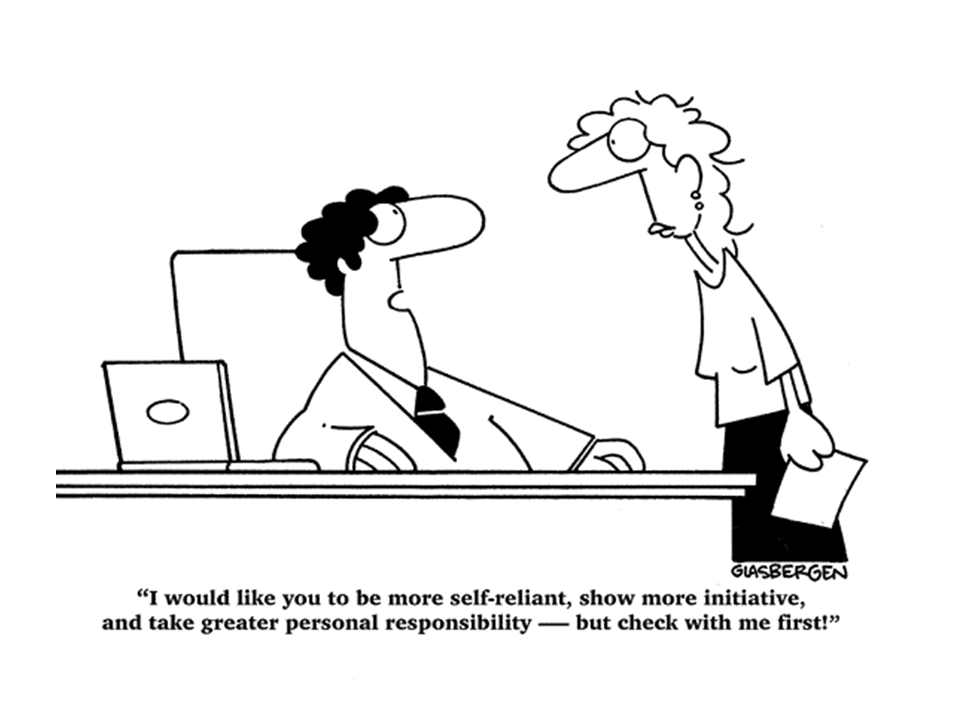Understanding the decisions the Board makes requires an understanding of what the Board is supposed to do and how it executes its responsibilities.
 It never ceases to amaze me how often people assume that being on the Board of Education is my actual job. While sometimes it feels like my job, serving on the Board is an elected, but volunteer position. But this misunderstanding is typical of a larger issue. How well can the Board be understood if so many people think we actually work for the district? Or that we are full time politicians? The issue is that taxpayers, parents, homeowners, neighbors don’t think of Board members as people just like them.
It never ceases to amaze me how often people assume that being on the Board of Education is my actual job. While sometimes it feels like my job, serving on the Board is an elected, but volunteer position. But this misunderstanding is typical of a larger issue. How well can the Board be understood if so many people think we actually work for the district? Or that we are full time politicians? The issue is that taxpayers, parents, homeowners, neighbors don’t think of Board members as people just like them.
But the issue is not just how the taxpayers view the Board, but just as significant is how the Board members themselves view their roles.
On any given topic, seven relative strangers are bound to have differences of opinion. Put those seven people on a public stage, televised, and debating emotionally charged issues and it should come as no surprise why a Board meeting can quickly become a slow motion train wreck!
How can this be avoided? To me the most important thing is gaining agreement on what the role of the Board should be. A properly defined role by definition means a defined responsibility. Responsibilities are measurable. Measurable results determine success or failure. That’s the logical sequence – but it starts with definition of the role.
Sit through any candidate forum and you’ll get all the proper answers on the role of the Board. The rote answer is that the Board sets policy and oversees the Superintendent who has day-today responsibility for district management. Easy right? Then why does it seem this simple goal is executed with such little finesse? That could be a pretty long answer – perhaps even a book all its own. But I’ll summarize it this way: Talking philosophy is easy. Putting philosophy into practice is hard. Throw in the added dimension of coordinating the diverse personalities typically assembled on any Board of Education and we’re in for an interesting ride.
For a Board, philosophy takes form by way of policies. When I started on the Board I always felt policy was referenced typically as a means to resolve disagreement, not inappropriately and certainly a logical application. But policy wasn’t really guiding the actions of the Board. In 2006 or so the Board embarked on a complete overhaul of our policy manual, a monstrous undertaking but among the most important accomplishments of the Board in the last five years.
Soon after the Board adopted the new policy manual I sought a way to boil the essentials down to a single sheet of paper – to literally document the role of the Board versus that of the administration, no easy task but well worth the effort. The result was a document I called the Board Policy Based Governance Model, a matrix that put in the simplest terms possible a system of responsibilities with checks and balances that could be referenced in perpetuity. I also appended the list of every prescribed action that required a Board vote or any delivery of information required by the administration to the Board.
Documenting the roles of the Board versus that of the Administration restored order to a generally disorderly manner of Board governance.
I’ll give you some examples. When I first started on the Board we probably had close to nine committees, each with some frequency of meetings on top of at least two regular Board meetings per month. It would not be unusual every week to have two Board meetings of some type. In my view this was insanity for everyone involved, including the public. How could the public possibly follow Board action when various permutations of the Board met several times over the course of a month at all hours of the day and with very short notice? How could the administration attend to their responsibilities when they had to sit through several excruciating Board meetings every week? How could Board members with real jobs truly participate in this process? This was a real problem.
I pushed hard for change and didn’t make many friends in the process. Immediately after being elected president I disbanded all committees except the Policy Committee. My critics never seemed to understand that my primary goal was not just to reduce time consumed, but to bring some focus and clarity to our purpose. Yes, we need to deliberate, but we deliberate to make decisions. This change led to the overly simplistic view that I was adopting a “rubber stamp” philosophy of governance, contrasted to “micromanaging.” These are deliberately charged words with connotations that detract from the real differences they represent.
The difference is not management style (micro v. rubberstamp), but rather management skill.
Micromanagement is the direct result of not setting proper long-term goals and expectations, the consequence of which is not knowing that you got what you wanted because you never defined what you wanted in the first place. The inevitable result is the administration returns work product that can never satisfy the Board’s requirements – mainly because the Board did not define its requirements. This broken process repeated itself so many times that the frequent committee or Board meetings fronted the effect of the Board sitting in at all stages of work product development – a real-time, ad hoc management system that worked for no one. If I am forced to define it that is exactly what micromanagement is. It is simply an inefficient management style.

On the other hand, when approached with defined roles, responsibilities, and expectations, real-time, ad hoc management is not required. Expectations are set at the commencement of the process. Board consensus is pre-established and formally done so by way of motions and votes. The administration is sent off with clear direction which guides the development of the work product. When the product is returned for Board approval, it’s generally a binary judgment. The directive is either fulfilled or it is not.
You see where this is going, right? Those who feel that if we approve the work product of the Administration without raking them over the coals – even if they met the expectations established previously – characterize the approval as, you guessed it, “rubberstamping.” Those critics would have you believe that the “rubberstamper” engages in less scrutiny than issues should merit. But this is a false premise because most of the scrutiny took place before the process commenced. The supposed “micromanager” would have you believe the “rubberstamper” is asleep at the switch when the Board votes on an approval, when in fact it was the micromanager that either chose not to, was ill-prepared, or incapable of influencing the guidelines established before the activity commenced.
Upon reflection, I believe every issue the Board has faced in my tenure has received great scrutiny and each Board member has generally invested the time needed to render an informed decision. But in politics things get messy. A decision goes the wrong way for someone and the accusations fly. That’s life. But I’d say my distinction between the supposed ends of the spectrum are fair representations.
In my time on the Board we have definitely moved in the direction of a proactive, outcomes based management philosophy and I believe this has been executed with great success.
This will be a never-ending discussion for any Board anywhere. The personal dynamics change with such frequency that tensions along the dimension of operating philosophy are inevitable. But again, this is why I believe the development of the Policy Based Governance Model was such a breakthrough. When the waters get choppy and people start to question where we are and where we’re headed, this document and the policies they represent makes very clear what needs to be done and by whom. I encourage all of us to become and stay familiar with it.